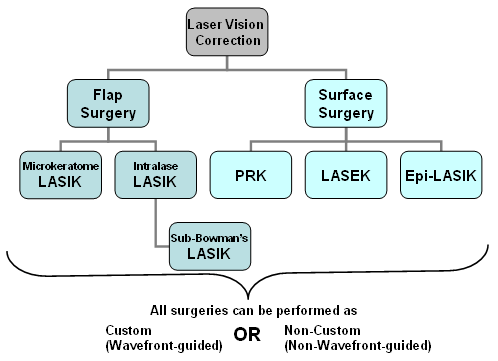The Development Of Advanced Cataract Surgery Techniques: A Detailed Summary
The Development Of Advanced Cataract Surgery Techniques: A Detailed Summary
Blog Article
Material Create By-Gillespie Kearney
As you check out the evolution of sophisticated cataract surgical procedure techniques, you'll witness a trip marked by resourcefulness and precision. From Prk Laser Eye Surgery that paved the way for contemporary innovations to sophisticated modern technologies that are revolutionizing the area, the extensive summary of cataract surgical treatment techniques is a testimony to human development and dedication to improving person end results. The complex interaction between historic techniques and futuristic improvements creates an appealing narrative that sheds light on the development of one of the most usual surgical procedures worldwide.
Historical Strategies and Innovations
Discover just how early doctors reinvented cataract therapy by utilizing ingenious techniques and devices. In the past, cataract surgical procedure was a high-risk and unpleasant treatment. However, old Indian medical professionals were amongst the first to try medical interventions for cataracts, making use of a method called 'formulating' where a sharp tool was used to push the cataract back right into the eye. This technique, though crude by today's standards, laid the groundwork for future advancements in cataract surgery.
As time progressed, Arab doctors made significant payments by creating specialized needles for cataract removal. These needles were made use of to penetrate the cataract and after that extract it from the eye, noting a substantial improvement in medical precision.
Later, in the 18th century, the French cosmetic surgeon Jacques Daviel spearheaded the method of extracapsular cataract removal, where the entire lens was gotten rid of undamaged with a bigger laceration. This noted a significant development in cataract surgical treatment strategies, paving the way for the modern-day procedures we use today.
Modern Surgical Approaches
Early methods in cataract surgery have actually advanced considerably, leading to the development of modern-day surgical methods that focus on accuracy and improved client end results. Modern cataract surgical treatment now usually includes a procedure called phacoemulsification, where an ultrasonic tool breaks up the cataract for removal with a tiny laceration. Recommended Web-site permits quicker recovery and lowers the risk of problems compared to older approaches.
Additionally, making use of innovative intraocular lenses (IOLs) has actually revolutionized cataract surgical procedure results. https://www.healthline.com/health/eye-health/lazy-eye-exercises can deal with not only the cataract yet additionally various other refractive errors like astigmatism, reducing the demand for glasses post-surgery.
cataract surgery outcome monitoring have access to sophisticated imaging technologies that aid in precise preoperative preparation and intraoperative decision-making. Optical coherence tomography (OCT) and other imaging methods supply thorough images of the eye's structures, enabling a more customized technique to every client's surgical procedure. With these developments, modern cataract surgical procedure strategies continue to improve, providing clients more secure procedures and much better aesthetic outcomes.
Arising Technologies in Cataract Surgical Treatment
With developments in innovation transforming the area, cataract surgery is witnessing the assimilation of cutting-edge strategies for boosted client results. Emerging technologies in cataract surgical treatment are improving the landscape of ophthalmic procedures. One such innovation is femtosecond laser technology, which allows for precise corneal lacerations, capsulotomies, and lens fragmentation, leading to enhanced medical accuracy and results.
Furthermore, intraoperative aberrometry is getting appeal, making it possible for real-time dimensions of refractive errors throughout surgical procedure to boost intraocular lens power computations and minimize postoperative refractive shocks.
Moreover, the use of advanced imaging modern technologies like optical comprehensibility tomography (OCT) and intraoperative wavefront aberrometry help doctors in precise surgical preparation and execution. These tools offer thorough physiological information and help tailor medical strategies for each and every patient's special eye attributes.
Furthermore, advancements in artificial intelligence are being explored to assist in preoperative planning, intraoperative decision-making, and postoperative treatment, potentially optimizing medical results and individual fulfillment. Accepting these arising innovations in cataract surgery holds promise for more improving patient results and making sure the continued development of ophthalmic medical strategies.
Verdict
As you trip through the history of cataract surgical treatment, you witness the transformation from old practices to sophisticated technologies. Like a phoenix metro increasing from the ashes, cataract surgical treatment has actually evolved right into a sign of hope and advancement.
Equally as a caterpillar arises from its cocoon as a beautiful butterfly, cataract surgery has blossomed into a polished art kind, offering clients more clear vision and a brighter future.
The evolution continues, radiating a light on unlimited possibilities.
